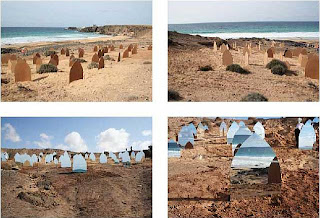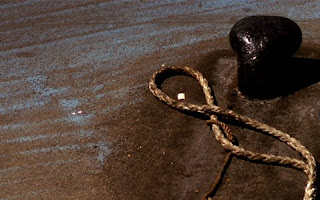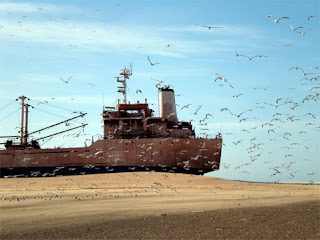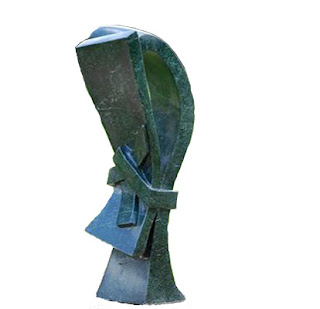Parecon: Life After Capitalism

As we saw before the way in which, David Adjaye, the architect plays a vital role in the development of art let us now turn our attention to the ideology of economics and a possible utopian ideal. I am confident great artwork of the present and future will follow similar lines to what is being expressed in these few interviews with Michael Albert who echoes the thoughts of numerous activists across the globe. Together they have really come up with various possible solutions to global issues. If the work that is created inside or outside of Africa is more 'Participatory' then the work will being to reflect the thinking of our era on a global basis. Here is a Youtube interview with Michael Albert talking about his book Parecon: Life After Capitalism. An economic model for a better world. This is the first clip of 12. Here are some reviews from Amazon: "Michael Albert is an important thinker who takes us beyond radical denunciations and pretentious "analysis" to a t




